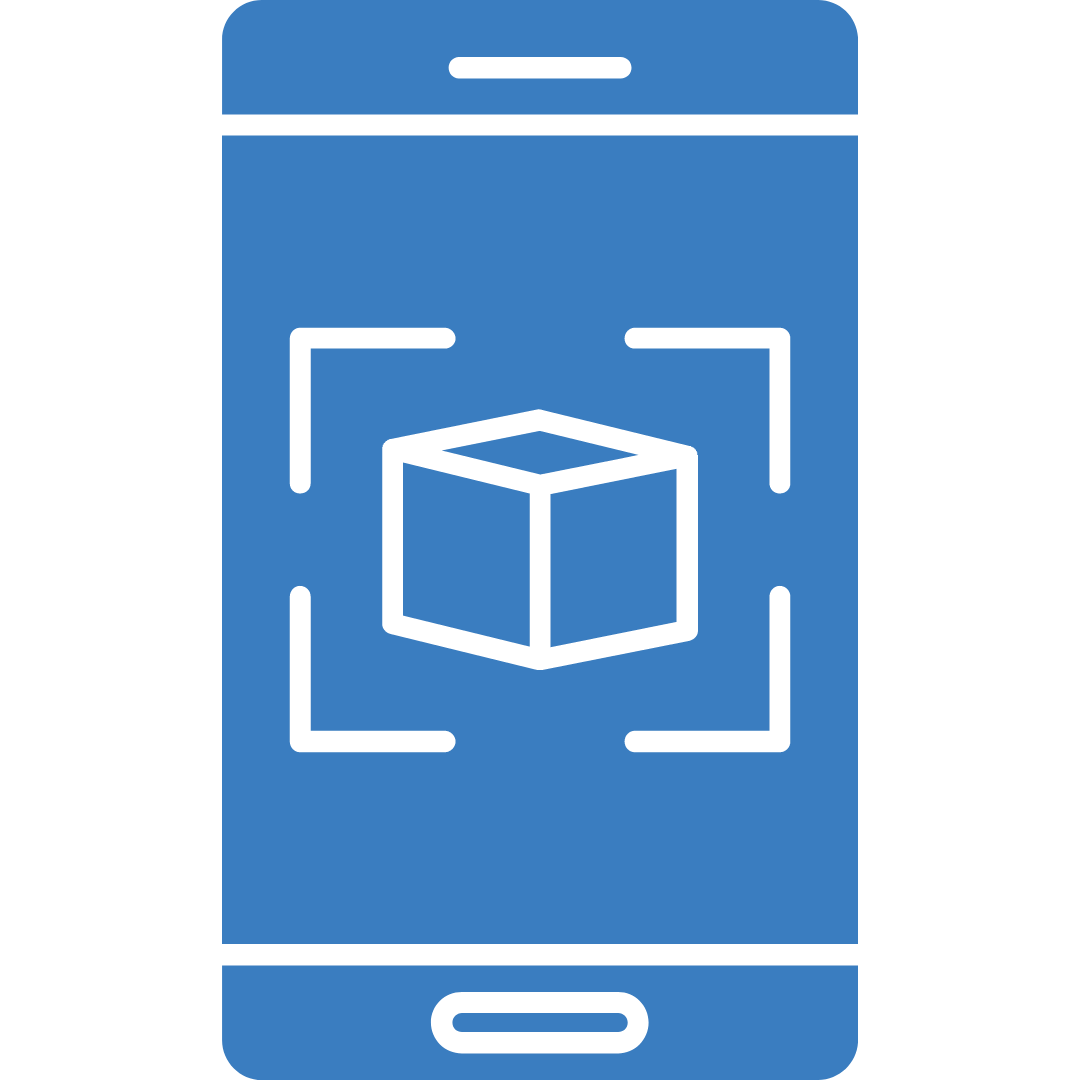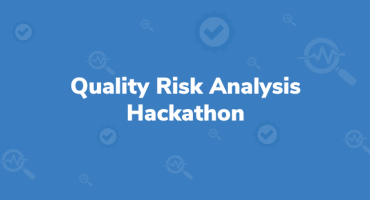Emerging Mobile App Trends to Watch Out For in 2024!

In the unstoppably fast world of mobile applications, staying ahead of the curve is crucial for developers, businesses, and users alike. 2024 doesn't run short of exciting trends that are shaping the future of mobile apps. Let's take a look at emerging mobile app trends to watch out for in 2024!
Artificial Intelligence On The Rise
Artificial intelligence's effect on the economy is massive! The market for AI software was already impressive in 2023, valued at $150.2 billion. By 2030, it's predicted to soar to $1,345.2 billion, marking a growth of 37.2% annually from 2024 to 2030.

(Source: Verified Market Research)
2024 is shaping up to be a milestone year where AI will significantly enhance mobile app capabilities, including personalizing user experiences, boosting app performance, and strengthening security.
2024 is shaping up to be a milestone year where AI will significantly enhance mobile app capabilities, including
- personalizing user experiences
- boosting app performance
- strengthening security
AI isn't only about virtual assistants such as Siri and Google Assistant, though they've indeed changed how we interact with devices. There's a lot more potential to be unlocked. With AI developers can create smarter, more efficient apps that analyze data, recognize patterns, and anticipate needs.
Imagine apps that adapt to individual preferences, AI-driven chatbots that provide instant help, understand the context, and offer personalized suggestions, driving better engagement and loyalty. AI is on track to revolutionize the mobile app industry in 2024, with endless opportunities ahead.
Some key AI applications are personalized marketing and recommendations in e-commerce, motion and facial recognition for security systems, financial forecasting tools, and voice recognition for gaming and hands-free operation.
Some of the most popular use cases where AI is used include:
- E-commerce platforms using AI for customized ads and product suggestions.
- Surveillance apps with motion and facial detection capabilities.
- Financial forecasting tools for both businesses and individual users.
- Voice recognition software for gaming, entertainment, and hands-free interactions.
Peer-to-Peer (P2P) Mobile Payment Apps

The P2P Global Market Report 2023 highlights a rise in the use of online and mobile banking, with P2P payments rapidly becoming the standard for financial transactions. Appreciated for their convenience and simplicity, the P2P mobile app is widely adopted by both individuals and organizations for smooth and easy payments.
Types of P2P Mobile Payment Apps:
- Operating systems like iOS and Android offer integrated payment solutions such as Apple Pay and Samsung Pay.
- Social media apps, including WhatsApp, Facebook, and Instagram, have embedded payment functions for user transactions.
- Standalone services are creating their own proprietary payment platforms.
- Cryptocurrency wallets are providing mobile solutions to manage and transact digital currencies with ease.
Augmented and Virtual Reality in Mobile Apps (AR and VR)

Augmented reality (AR) and virtual reality (VR) are reshaping how we interact with mobile apps. Virtual reality and mobile app technologies are extending mobile app capabilities far beyond traditional uses, affecting sectors from gaming to education, and from retail to real estate.
AR allows for the creation of apps that project digital elements into the real world, enhancing the way we experience our surroundings. In contrast, VR offers a completely immersive environment, creating new realms to explore.
Practical applications of AR and VR:
- AR in shopping apps lets you try on clothing virtually.
- Real estate apps use AR to present homes in interactive 3D models.
- VR takes gaming and entertainment to new levels of interaction.
- AR and VR technology are becoming key tools for businesses looking to boost customer engagement and improve their products and services.
However, there is one obstacle: the demand for powerful hardware and advanced software to support these technologies. As we progress, more devices will come with built-in AR and VR capabilities, simplifying the process for developers to innovate with immersive applications. With the advent of 5G, app developers are also exploiting faster speeds to enhance app functionality, such as creating smoother live-streaming and better cloud services using AR and VR.
Beacon Technology in Mobile Apps
Since the introduction of iBeacon in 2013 and Eddystone in 2015, beacon technology has become a hot topic in the world of mobile app development for both iOS and Android platforms.
Beacon technology stands out by using Bluetooth low-energy signals to communicate with mobile devices within a 100 feet range. Mobile apps equipped with beacon technology can deliver highly relevant services and suggestions based on a user's location.
Here's what the numbers say:
- Reports from Fortune Business Insights show the beacon technology market growing at an impressive 48.9% CAGR, with expectations to hit $31.61 billion by 2026.
- Statista indicates an even higher growth rate of 59.8%, forecasting the market could be valued at $56.6 billion by 2026.
Why are beacon-enabled Apps Essential?
They hold immense potential for local businesses such as hotels, restaurants, hospitals, and pharmacies, helping them reach out to nearby customers.
In emergencies, beacon technology can be crucial in guiding consumers to immediate help. As mobile apps continue to embed beacon technology, both service providers and consumers are expected to benefit from more advanced and convenient interactions.
Mobile Apps for Foldable Smartphones

The world of smartphones saw an exciting shift when Samsung introduced the innovative Galaxy Fold in 2019. Shortly after, Motorola added to the foldable excitement with its RAZR editions—and while Apple is still watching from the sidelines, there are reports that it will release a foldable iPhone in 2016.
In 2022, the world saw foldable smartphone shipments hit a stunning 50 million units. Industry experts like IDC forecast the foldable phone market to grow to a whopping $29 billion by 2025. This explosive growth explains why Google Drive's Android app is now enhanced for foldables and tablets, and why Google is customizing over 50 Android apps to shine on tablets and foldable phones.
Key Points for Developers of Foldable Device Apps:
- The development of amazing apps should cater to dual-screen resolutions; one for the folded size and one for when the device is open.
- While users commonly operate phones with one hand, foldables offer a two-handed experience when open—apps should be designed with this in mind.
- The larger screen space on foldables opens possibilities for multi-window operation.
- The user experience must be fluid when transitioning from the phone's folded state to its unfolded state.
Touchless User Interfaces

Touchless UI lets you control apps with your voice, moving away from the need to tap or swipe on a screen. The idea is simple: Speak to your apps, and they'll understand and act on your commands. With speech-to-text and text-to-speech technologies, these apps can recognize what you're asking for and deliver the results you want.
Moreover, gadgets like the Amazon Echo are driving this touch-free trend forward. Just by speaking out loud, users can get weather updates, play music, catch up on the news, and more—all without ever having to press a button.
To know more about the latest emerging trends in mobile app development or if you need native and hybrid app development, get in touch with our experts today!

Implementing edit records in multiple associated tables in Cakephp 3

THE MODERN TOOL: CYPRESS


